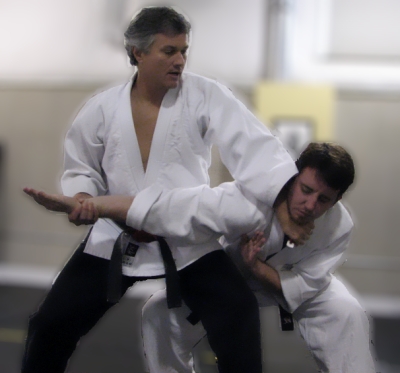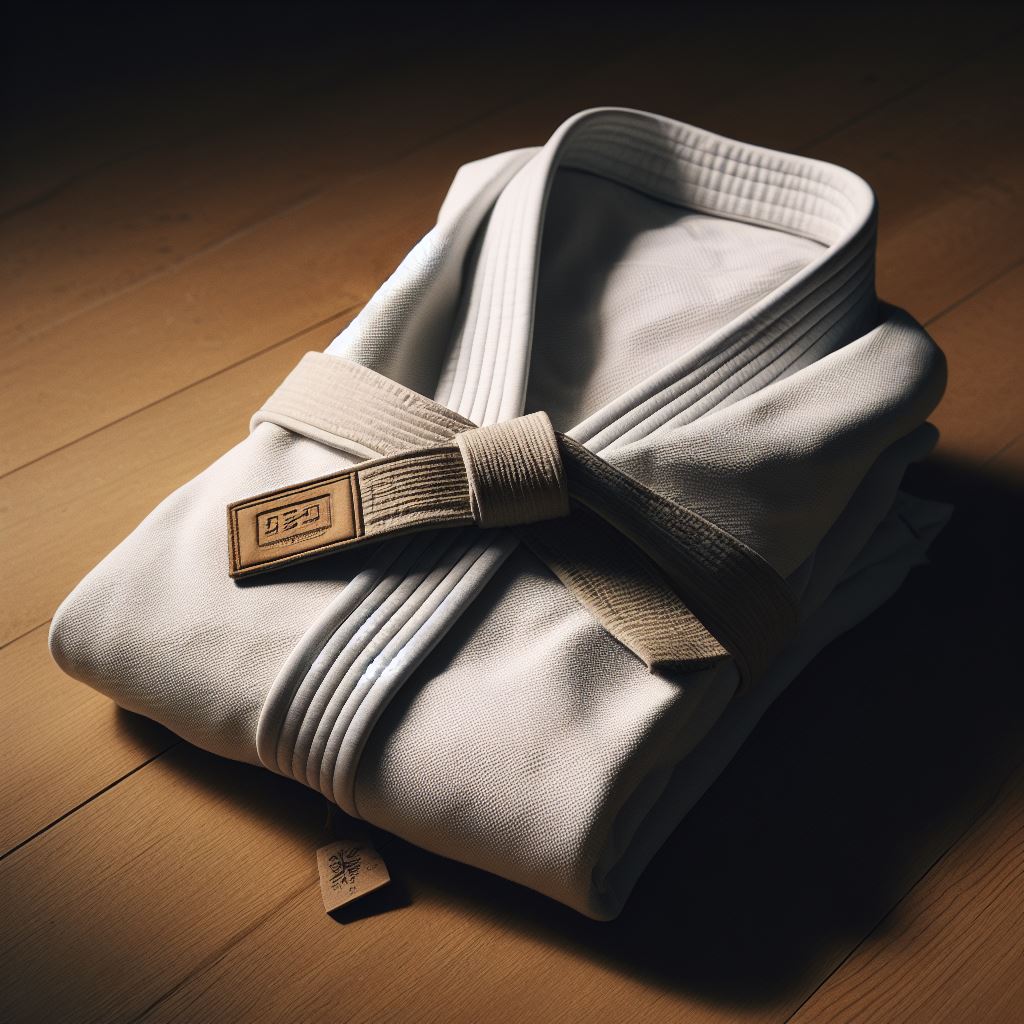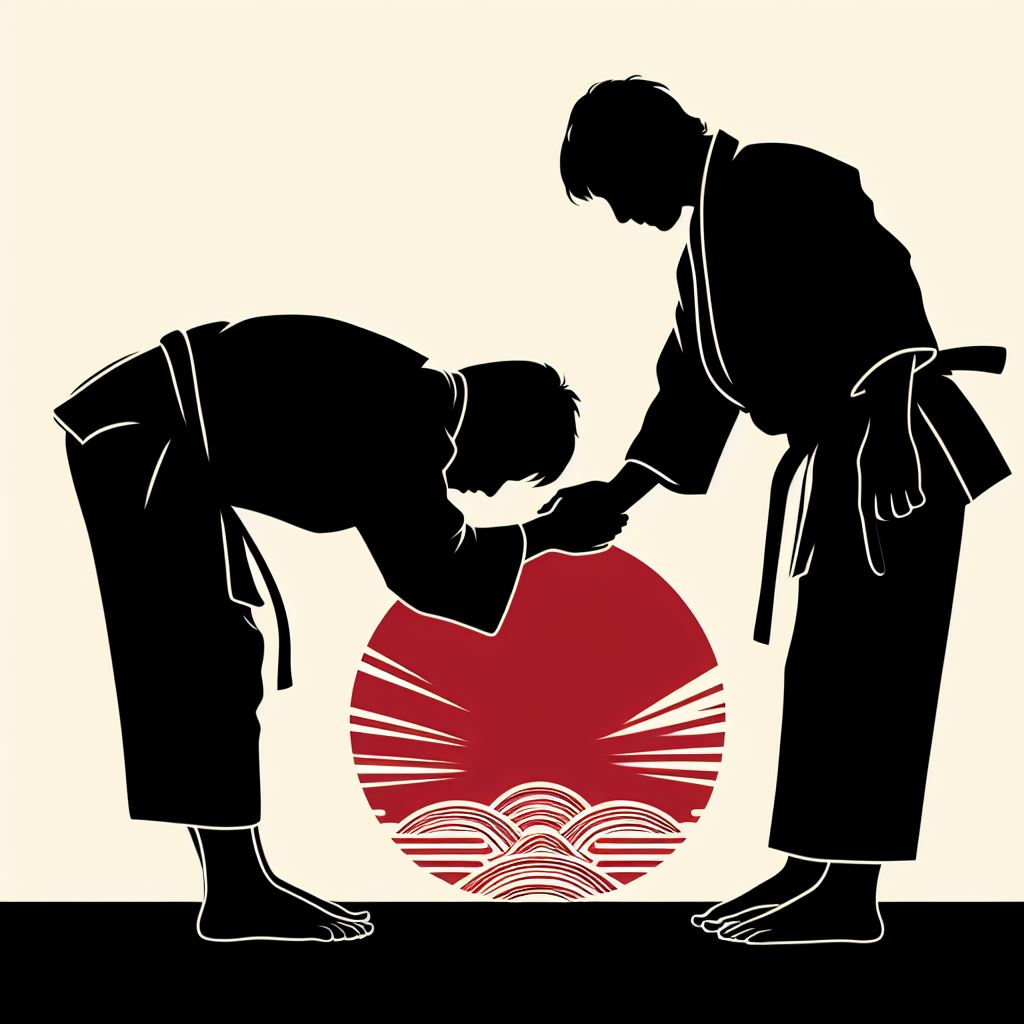Danzan-Ryu Jujitsu (DZR) uses escapes, joint-locks, throws, pins, and strikes in combination as a method of self-defense. Beginning students will learn how to fall correctly, escape from basic attacks, and how to lock and pin opponents. Throws and more advanced joint locks are taught as students begin to advance. Over time, you learn how to combine the basic locks, throws, and pins into more advanced techniques. Strikes and some traditional weapons are taught as students advance as well as weapon defenses.
Our system is a traditional method of jujitsu. The physical techniques are taught in a specific progression that reflects the goals and principles of our art. The definition of jujitsu is the art of adaptability or pliability. We actively work against our nature to fight force with force and instead to redirect or 'go around'. This concept takes time to master and can be applied in all areas of life. In the words of the founder of our style, the ultimate goal of DZR is "perfection of character".



Our system of jujitsu involves learning to roll and fall (Sutemi), to move and balance (Tai Sabaki), to escape from grabs and manipulate joints (Yawara), to throw & project (Nage), to submit an opponent (Shime), to counter and transition (Oku), to reverse damage and heal injuries (Seifukujitsu), as well as many other in-depth areas of focus. It differs from other systems of jujitsu, such as Brazilian Jiu-jitsu, in that the focus is not on sport or grappling. One advantage of our particular system as a method of self-defense is that it contains a broad range of defenses from simple escapes to more complex joint locks and breaks. Because of this, it can allow for a more appropriate response before a situation escalates to a point requiring maiming and lethal force.
Yawara - (Techniques of Gentleness) Escapes and basic joint locks
Nage Te - (Throwing Techniques) Sweeps and body throws
Shime Te - (Constriction Techniques) Pins, chokes, bars, and other constrictions
Goshin Jitsu - (Self-defense techniques) Application of principles from the Shoden boards
Oku No Te - (Deeper Techniques) Combinations of techniques from attacks
Kiai No Maki - Scroll of Spirit Shout Technique
Tetsu-Sen No Maki - Scroll of Iron Fan Techniques
Tanto No Maki - Scroll of Knife Defense Techniques
Daito No Maki - Scroll of Sword Defense Techniques
Bo No Maki - Scroll of Stick Techniques
Tanju No Maki - Scroll of Pistol Defense Techniques
Kappo - Resuscitation Techniques
Shinnin No Maki - Beginning Level Black Belt Techniques
Shinyo No Maki - Instructor Level Black Belt Techniques
Shingen No Maki - Advanced Level Black Belt Techniques